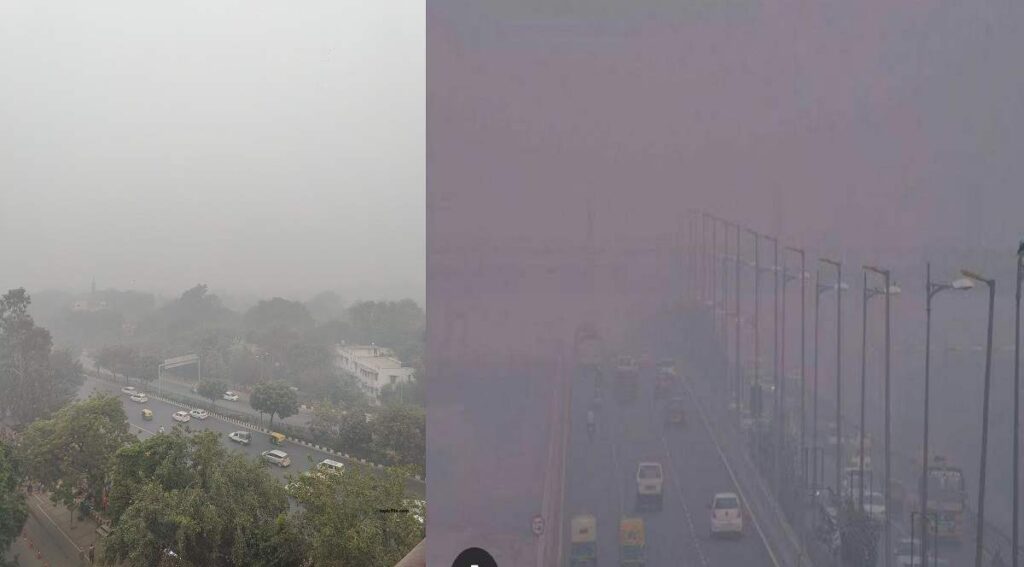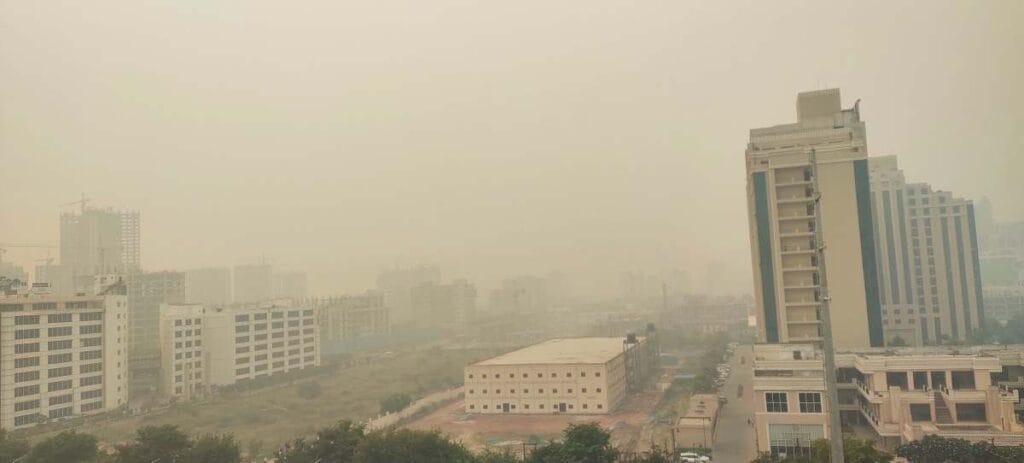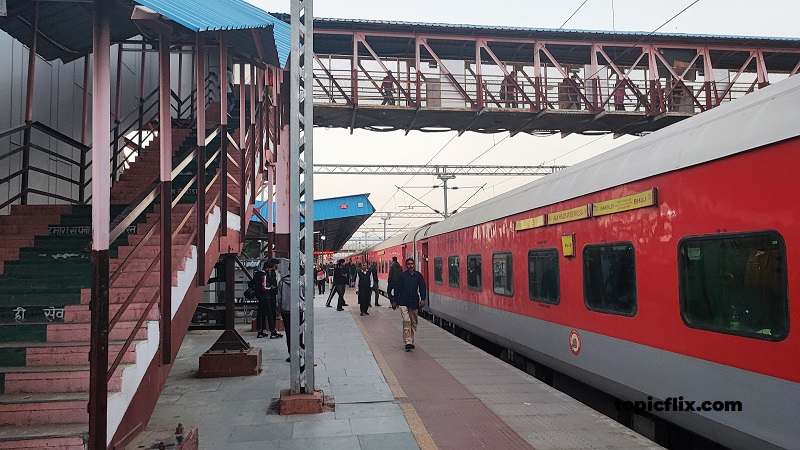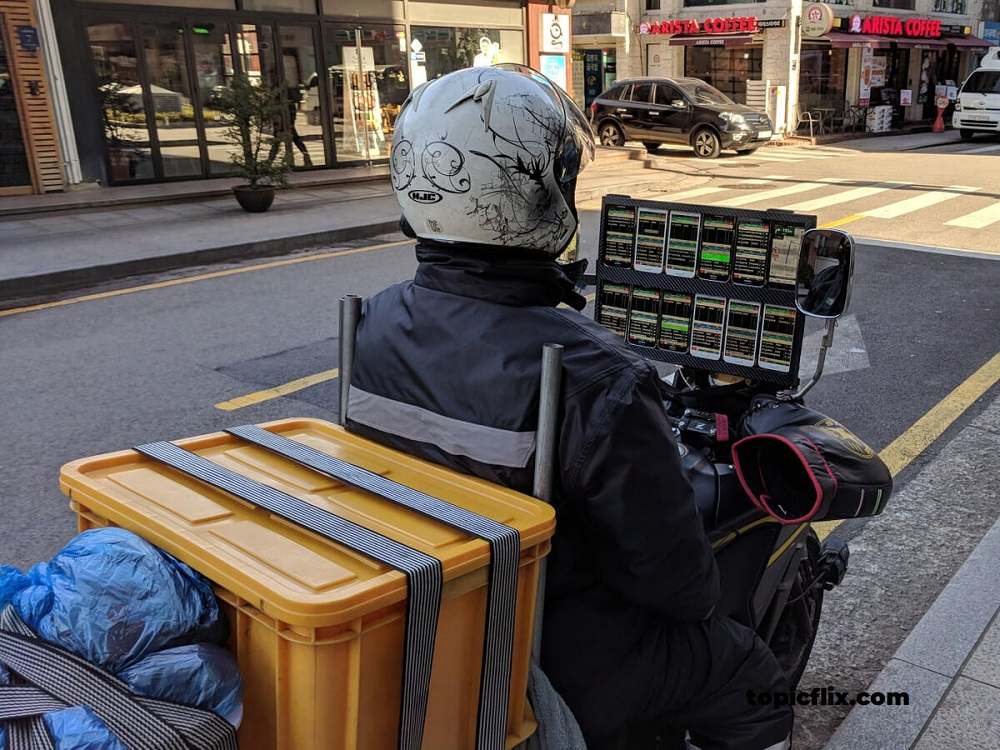When you leave Delhi before the onset of winter, the heat of the sun does not bother you that much. You may enjoy the evening here. But in the evening and morning, you will see something like a cloud in the sky. This is not a dust storm. This is Delhi, one of the most polluted capitals in the world. In spite of this, you may think Delhi is a romantic capital in winter, but it is true that Delhi has become the most polluted capital.
From my experience, I can say that many people have shifted or are thinking of shifting somewhere else. Irresponsible politicians and citizens are responsible for pollution in Delhi.
I have to say from my experience that people in Delhi will one day make up their minds to leave this place if the condition remains the same. In such a situation, it is worth thinking about how the elderly and small children, especially newborns, are able to keep their breathing safe. Delhi will have to do something.
Every year, clever politicians link the failure of governments to some other sensitive issue, and people forget how much their little children’s lungs are struggling. It seems as if no one cares about Delhi. Being in Delhi at this time of the year is like passively smoking a lot of cigarettes without actually smoking.
This is Not A Dust Storm, This is The Atmosphere of Delhi in November
It is important to remember that India’s capital, Delhi, has been facing a continuous increase in air pollution since October. This pollution is caused by various factors, including straw burning in nearby agricultural fields and Diwali festival celebrations.
Apart from this, due to a change in direction in the wind pattern, smoke starts coming in on a large scale from the neighbouring states of Haryana and Uttar Pradesh, thereby worsening the air quality in Delhi.



This environmental issue has resulted in Delhi becoming a severely polluted urban area, where citizens often live in gas chamber-like conditions. The government is always working to address this issue, but it remains a difficult challenge due to the large number of migrants coming from other states in search of economic opportunities, leading to increased traffic congestion.
On normal days, Delhi suffers from traffic-related pollution. During the summer and rainy seasons, smog does not accumulate due to the movement and direction of the wind, but during the winter, smog accumulates due to the cooling of the sky. During this period, as winter approaches, farmers burn crop waste in the surrounding areas, which creates a huge cloud of smoke that floats towards Delhi due to changing wind patterns.
This smog harms the surrounding environment and is immediately followed by smoke caused by the burning of heavy firecrackers during the festival of Diwali. Tourists visiting Delhi between October and January may often experience respiratory problems, and it is normal for them to wear masks to protect themselves from the smog. Atmospheric conditions during this time period give the appearance of fog, but it is actually smog, which is hazardous to one’s health when inhaled. Scientifically, the problem becomes worse during Diwali as the smog mixes with the pollutants from firecrackers.
There is smoke everywhere these days. But can any city survive being sick? I don’t think so. If not today or tomorrow, Delhi will have to solve this problem so that small children and elderly people can breathe easy in Delhi. Now we have to wonder when the people of Delhi will use their hearts and minds to save their lives. A pollution-free city is your right, isn’t it?

About the Author
Ankita is a German scholar and loves to write. Users can follow Ankita on Instagram ![]()
Chandigarh ban on Barking of Dogs !
You have read it right that dog barking is banned by law in Chandigarh. It…
Why you should get into the habit of saying NO ?
“The Power of No” is the ultimate key to your success and personality when you…
Cise D’amour: The Love Chair and Edward VII
In the early 20th century, an unknown French furniture maker created a Love Chair for…
Which is better for travelling in Indian trains AC II or AC III?
Whether to travel in AC-II (Second AC) or AC-III (Third AC) in Indian trains depends…
Why do Korean delivery drivers have more than one phone?
If you have been to South Korea and spent a few days there, you might…
General facts that are no longer true
Everything undergoes gradual transformation. Even the general facts you previously believed to be true about…






